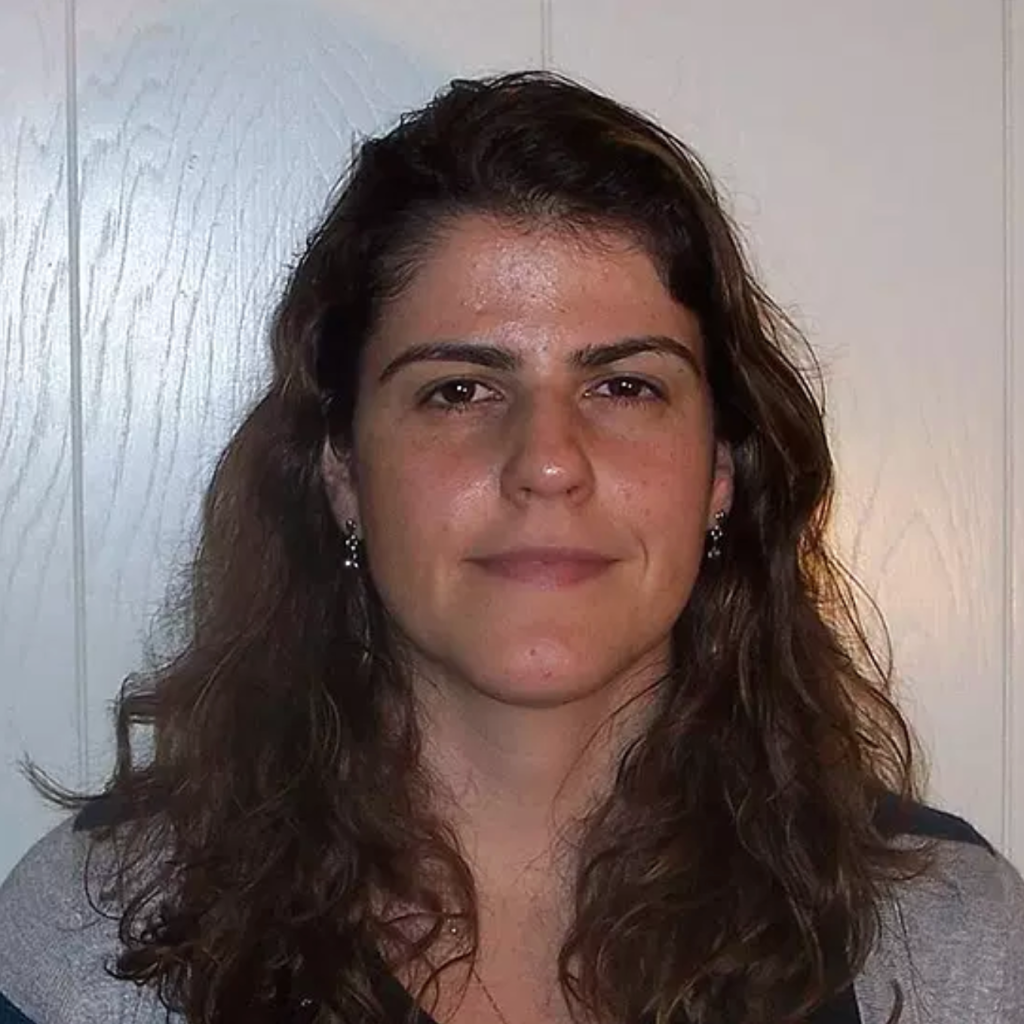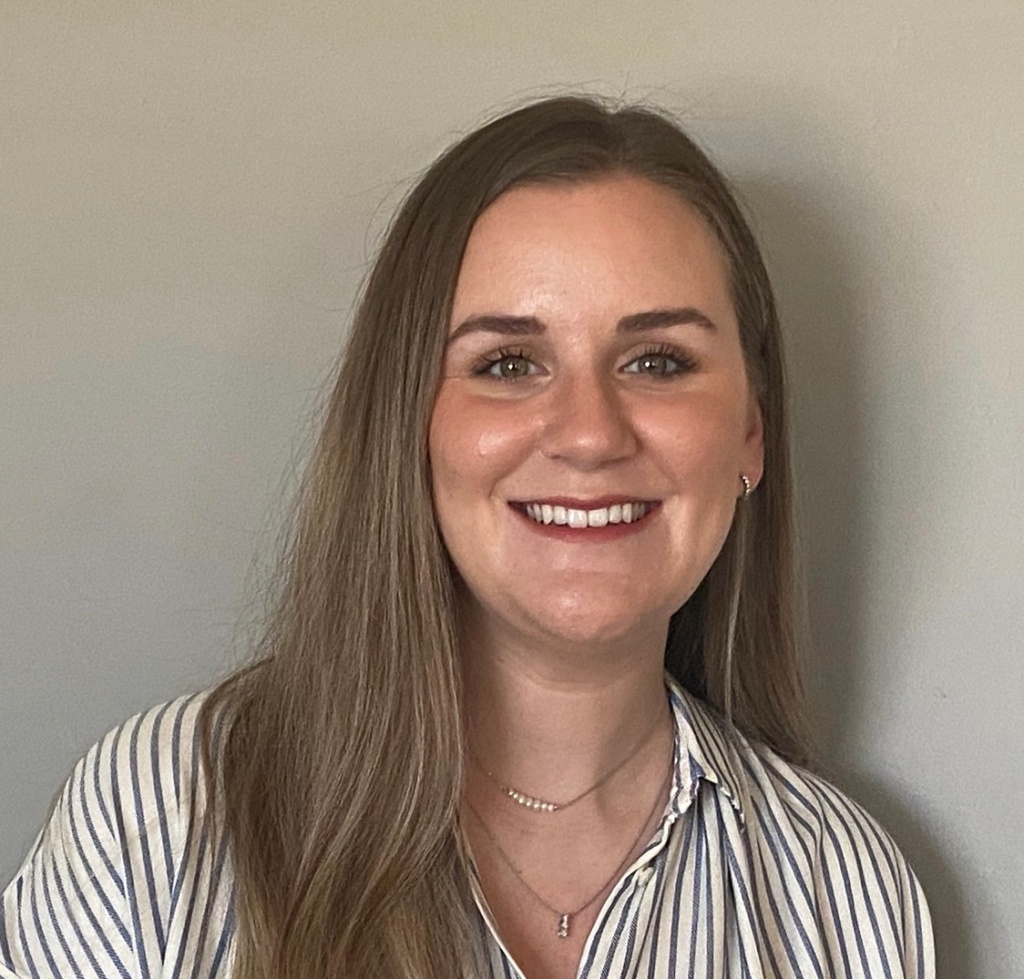By Jessica De Silva, PhD, Assistant Professor of Mathematics, California State University, Stanislaus
Ever since I was an undergraduate, I have always “gone out on a limb” to apply for any program, award, conference, or workshop I believed would help me grow as a mathematician. Even when I was convinced that there was no way I would be accepted, I pushed myself to apply, motivated by that non-zero probability that they may just give me a chance. That slight glimmer of hope turned into a reality in many (but not all) circumstances, resulting in incredibly valuable experiences and further opportunities. These opportunities have led me to earning my Ph.D. in Mathematics and landing my dream job at my undergraduate institution.
Now as an Assistant Professor of Mathematics, I continue to submit far-fetched applications (such as NSF grants) which will further my growth as a mathematician, but more importantly to bring more opportunities to my students. In the fall of 2019 I received an email, through the Lathisms mailing list, announcing the Sustainable Research Pathways (SRP) program which connects faculty in Computing Sciences with scientists at Lawrence Berkeley National Laboratory. Successful applicants are invited to Lawrence Berkeley National Laboratory for a one-day “matching” workshop. In a flash talk and poster session faculty give laboratory scientists an idea of their research interests and computing tools they use. Research groups from across the lab also present the different questions the scientists in their group are working on and their progress towards answering those questions. After a series of “speed meetings” between faculty and scientists, faculty create a ranked list of scientists they want to continue working with and laboratory scientists do the same. If a faculty member is matched with a laboratory scientist, the pair prepare a research proposal for the Department of Energy Visiting Faculty Program. The Visiting Faculty Program (VFP) is a (paid) 2-month summer research experience during which the faculty member works on the proposed project with the partner laboratory scientist. The faculty member can invite up to two undergraduate or graduate students from their home institution to participate in the summer program as well.
This sounds like such a fantastic opportunity, right? If accepted to both SRP and VFP, I can expand my research program to include computing applications and give two of my undergraduate students a summer research experience! I was sold, but at the time I would hardly have considered myself, a theoretical mathematician, as a faculty member in the Computing Sciences. However, this was a perfect illustration of a scenario in which I did not believe I would be accepted, but since I technically met the qualifications it could not hurt to apply.
I wouldn’t be writing this article if the story ended there. Much to my surprise, I was given the opportunity to attend the SRP program and learn about the incredible research being done at the lab. I will say, though, that I felt imposter syndrome that day more than ever before! The other invited faculty members and laboratory research groups were definitely in the Computing Sciences. Their research presentations were about computer architecture, high performance computing, and numerical methods in partial differential equations. As a graph theorist, my presentation aimed to highlight the modeling potential of graph and hypergraph theory. Luckily that was enough to spark the interest of my future match, Computer Scientist Dr. Talita Perciano. Talita and I connected during the speed meetings and I went back to the hotel that day with a slight glimmer of hope that maybe we’d be matched. Shortly thereafter, I was notified that we were in fact matched and I spent the winter break writing a research proposal with her and recruiting undergraduate students for my Visiting Faculty Program application. In March of 2020 our VFP application was accepted, marking the start of a multi-year collaborative research project.
The main idea of our VFP research proposal was to introduce a hypergraph model to improve an image segmentation algorithm developed by Talita and her colleagues. Image segmentation partitions an image into its structural components—such as identifying the foreground and background of an image. Zoom uses image segmentation to partition your video into the foreground (yourself) and the background in order to switch out the background for some selected virtual background. Talita and her colleagues developed an image segmentation algorithm which uses a probabilistic graph model of the image that allows the algorithm to run optimization in parallel. We proposed to develop an additional hypergraph model of the image to improve the accuracy of the segmentation. We aimed to not only develop the model, but also incorporate it in the current C++ implementation of the algorithm to compare accuracy and complexity.
Typically, VFP participants work at the Lawrence Berkeley National Laboratory (LBL) during the 10-week summer research experience. But as you know, we were in the midst of the COVID-19 pandemic during the summer of 2020. It was decided that VFP and the other summer research experiences hosted at LBL would be fully virtual. A fully virtual research experience was nothing I had done before, but after a few days we found a schedule that worked for our team, comprised of myself, two undergraduates Darcy and Juan, and our laboratory scientist Talita. Each weekday I checked in with Darcy and Juan over Zoom at 9am to recap the previous day’s work and develop a plan and goals for the day. In the first few weeks of the program, we actually were on Zoom together most hours of the day learning C++, hypergraph theory, reading research papers, and going through the code of the original algorithm. We met with Talita a few times a week during our morning check-ins to ask questions and bounce ideas off each other. As the summer program progressed, Darcy and Juan began working independently on developing code to incorporate the hypergraph model, as well as writing weekly program deliverables. These deliverables were typically in the form of progress reports which were then converted to a manuscript at the end of the program.
After ten weeks, we were successful in our research project endeavor! We developed and incorporated a new hypergraph model into the C++ implementation of the image segmentation algorithm. As the cherry on top, our preliminary results showed that the hypergraph model has improved most segmentations when compared to the original algorithm. In addition to contributing to the knowledge of the field of image processing, this experience also gave Darcy and Juan numerous speaking opportunities at conferences and panels.
Although it might seem that we achieved the goals, research projects are (usually) never finished. We have so much left to do to improve the algorithm and rigorously test it against the original and other image segmentation algorithms. The VFP administrators assuredly understand that there are likely more unanswered questions than answered questions after just one summer research experience. Because of this, faculty members are able (and encouraged) to participate in VFP for up to three terms. Eager to continue this project, I applied for 2021 VFP with another undergraduate student of mine and we recently received our acceptance notifications. I am looking forward to seeing where this project will go and the future opportunities that it will bring for my student.
One of the goals of the Visiting Faculty Program (VFP) is to expose students to careers at a national laboratory. This was incredibly valuable for the students and me. It often seems there are only two tracks after the Ph.D. – academia or industry – and now we have experienced a viable third track: the national labs. The Department of Energy hosts students not only through VFP, but also through their Community College Internship (CCI), Summer Undergraduate Laboratory Internship (SULI), and Office of Science Graduate Student Research (SCGSR) programs. As with VFP, students who have a valuable experience during their first summer of an internship are encouraged to participate again for up to two terms.
So I hope my experience encourages faculty members and students in the mathematical sciences to apply for these programs. I’m certainly glad I “went out on a limb” and gave it a try!




